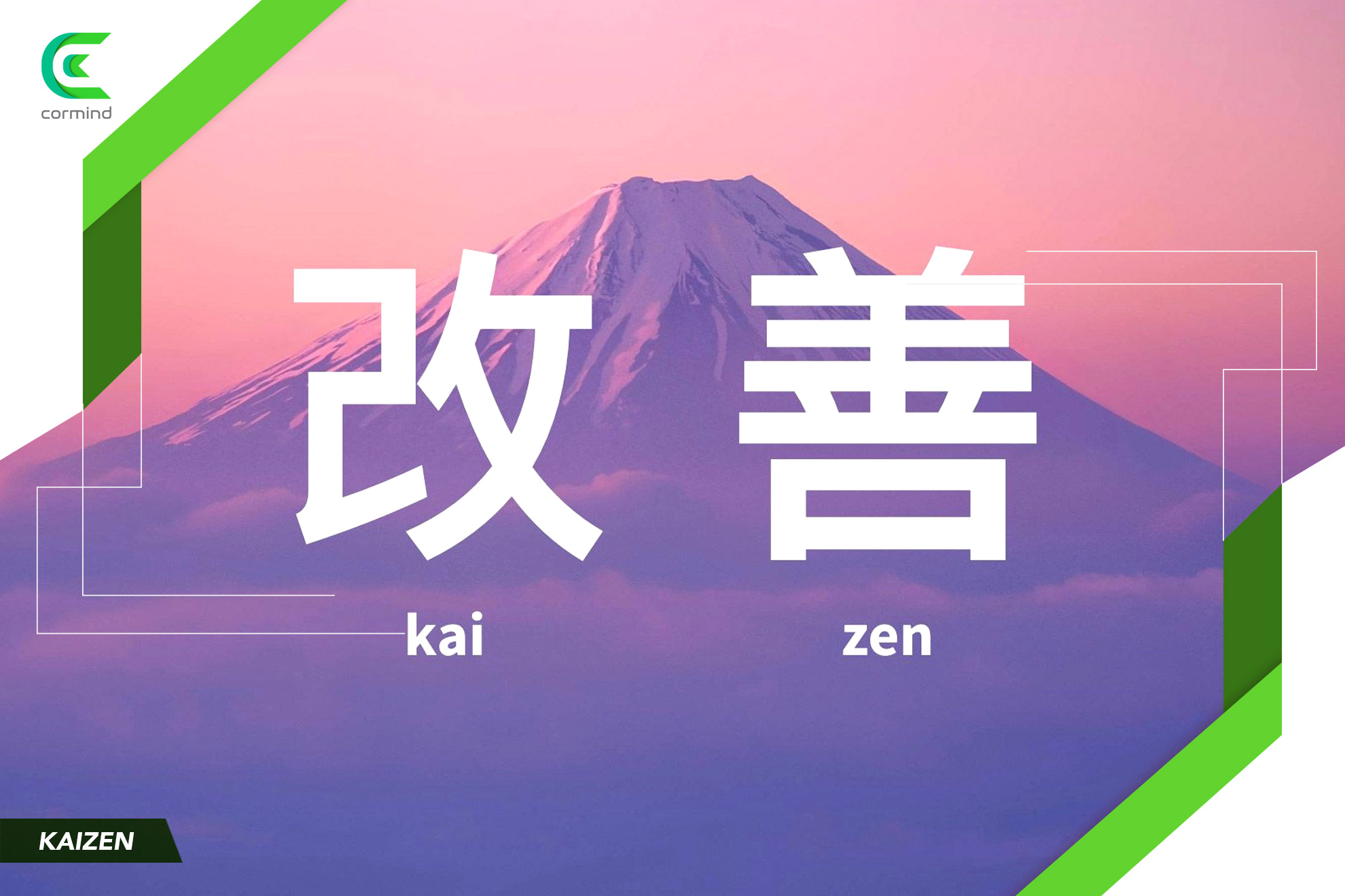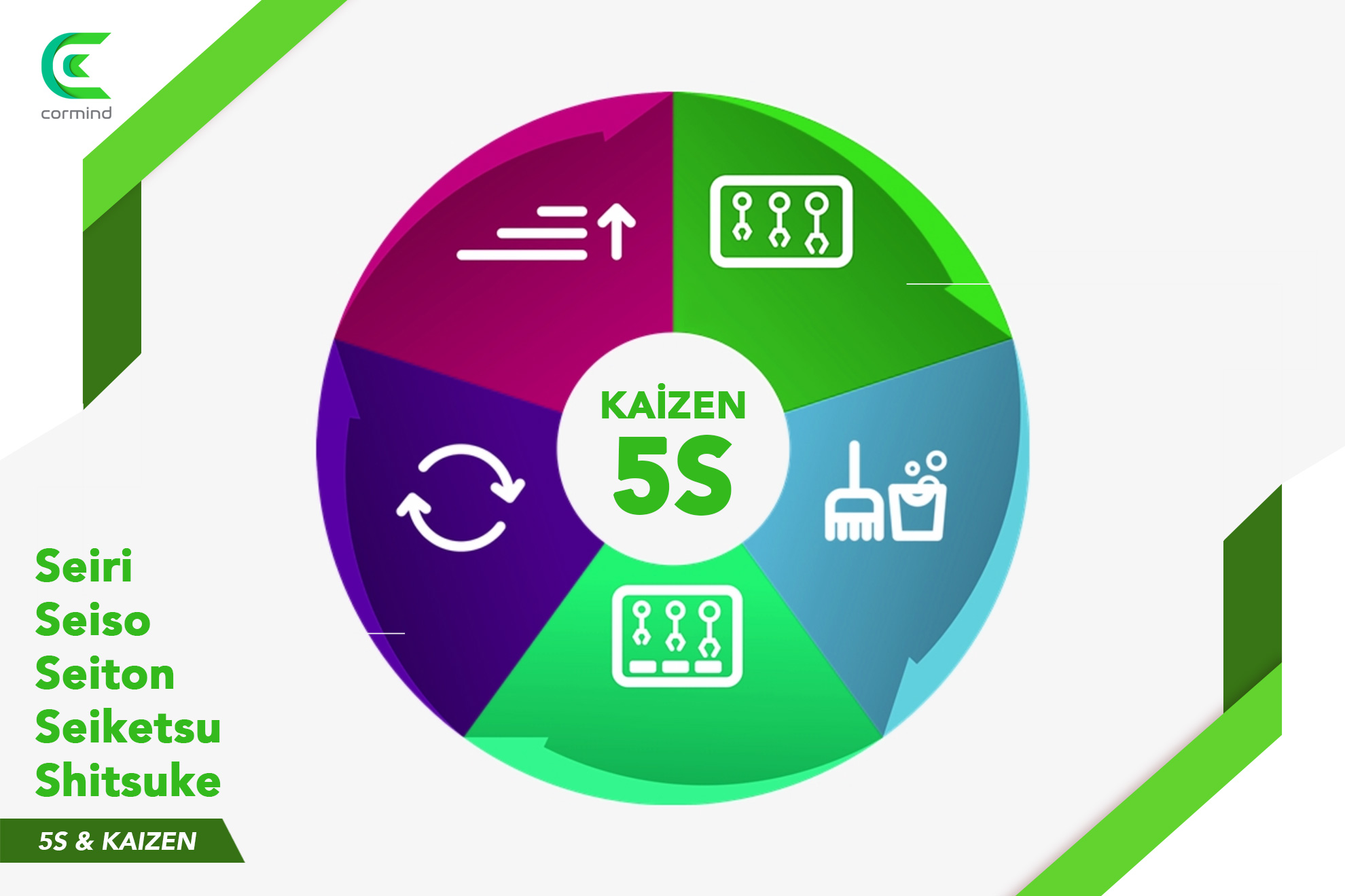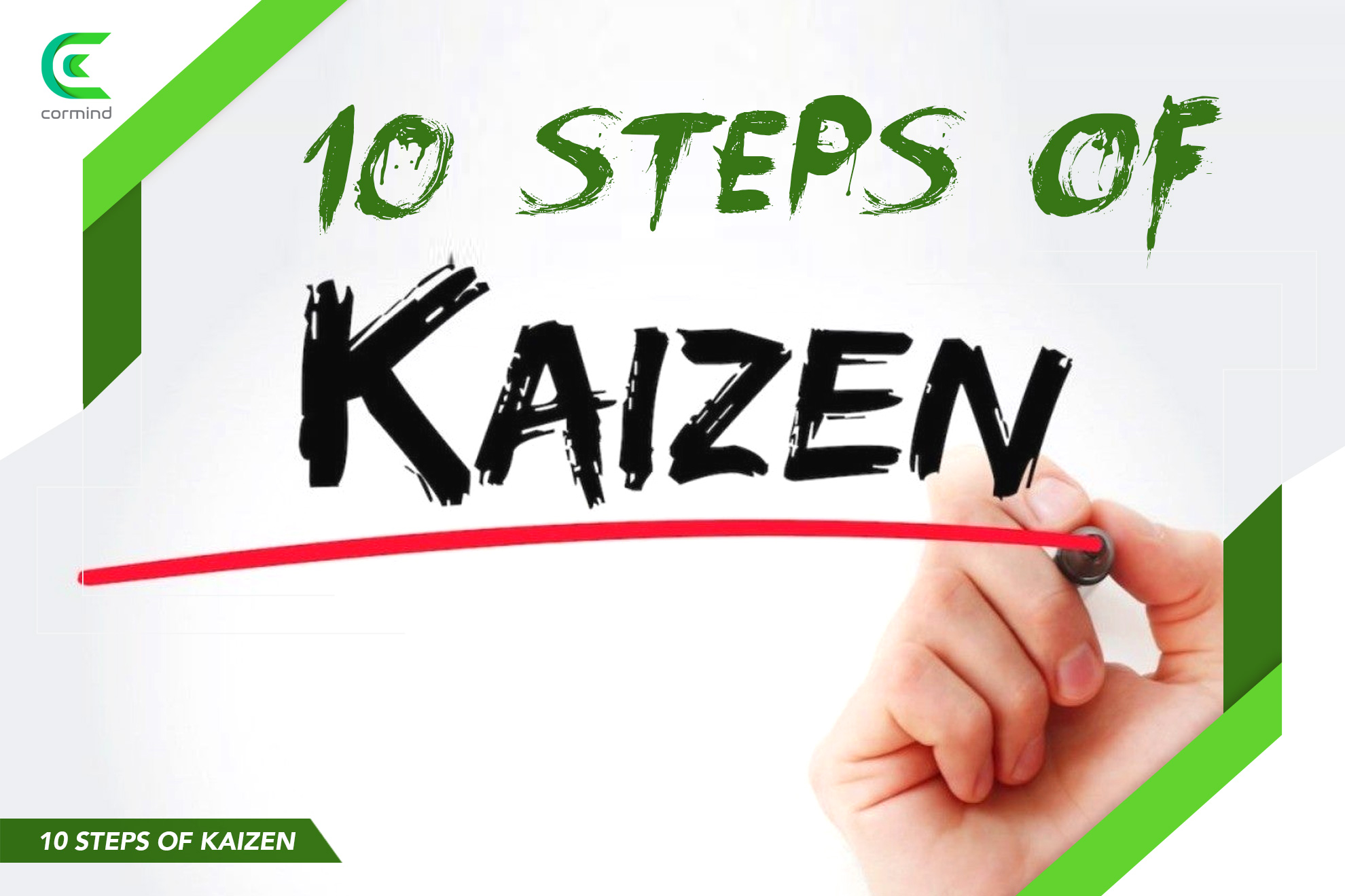Kaizen is a philosophy considered the key to success by many businesses today. Businesses, which adopt this philosophy, manage to increase their authority and profits in the market in a short time. Also, they enjoy a significant reduction in the mishaps encountered in the processes from production to delivery and costs. Kaizen is a Japanese business philosophy, and it is a business model adopted by many businesses in our country.
What Is Kaizen?
The word Kaizen describes a philosophy that originated in Japan and spread all over the world in a short time. The word Kai refers to the changing concept. On the other hand, Zen refers to good or better. In this regard, the philosophy can be defined as a business philosophy that means continuous improvement.
Kaizen philosophy presents the opinion that businesses should strengthen their weaknesses and improve their strengths. In this way, it is possible to each business goal and desired levels in a shorter time. Also, the goal in the entire process is to achieve the highest profit rate.
Kaizen Philosophy
Kaizen philosophy is a philosophy that claims that every person can make every situation better. It also adopts the principles of taking every situation to the next level all the time. Kaizen philosophy does not accept perfection and emphasizes that there is always something better. Therefore, it supports working in a disciplined way. Kaizen philosophy implementation aims to make businesses better in a short time and ensure permanent development in the long run. In this way, factory process optimization reaches maximum performance.
Kaizen philosophy supports teamwork, in which all personnel participates, rather than individual actions. Getting the opinions of all personnel allows people to be aware of their own values and to approach their work more constructively. This makes reducing waste and costs while increasing productivity and performance possible.
Kaizen Technique
Kaizen technique is a business model applied for businesses to achieve permanent improvement. It is possible to improve the products as a result of improving quality and increasing efficiency. This technique also covers objectives such as total quality management, automation efforts, provision of group activities, and protection of quality circles.
The correct implementation of this technique ensures that people get the highest and most lasting effects in the shortest time. Therefore, many businesses operating in different sectors around the world adopt the principle of increasing success rates by implementing KAIZENN techniques.
5S and Kai-zen
The 5S rule is an important implementation model of the Kaizen philosophy. This model, which aims to create a clear and orderly work area, also aims to ensure continuity after achieving the targets. In this way, it is possible to prevent losses due to the disruption of clearness, absence of followed standards, or irregularity.
The 5S rule is an abbreviation consisting of the initials of Japanese words. These words and principles can be described as:
- Seiri, meaning sorting,
- Seiton, meaning order,
- Seiso, meaning cleaning,
- Seiketsu, meaning standardization,
- Shitsuke, meaning discipline
The implementation of 5S rules aims to increase service and product quality. Prevention of waste also has an important place within these rules
Kaizen Features
Kaizen features can be listed with 13 items. It is possible to list these basic principles as follows:
- Performing management operations according to value,
- Active participation of all personnel throughout the process,
- Development of skills and abilities of functional teams,
- Ensuring complete focus throughout the business process,
- Completion of processes as soon as possible,
- Adopting an assertive style while setting goals,
- Adopting the principles of productivity as a principle,
- Completely preventing wastage,
- Making quick decisions,
- Preparing full-scale plans in all implementations,
- Preparing training programs for all new processes,
- Making plans in line with the sustainability principle,
- Increasing and improving the workforce.
Kaizen features are the same for all sectors and companies. These features must be considered in the working principle to achieve successful results.
Kaizen Cycle
The Kaizen cycle is basically implemented in 4 different steps. It is possible to describe the steps of this cycle called PICT as follows:
- Plan: It is the process of setting goals and collecting the data necessary to achieve these goals.
- Implement: It means that the plans need to be implemented after they are finalized.
- Control: It is the stage of whether the goals have been achieved as a result of the implementation and the analysis of the problems encountered during the process.
- Take Precautions: It is the stage of taking the necessary precautions and maintaining continuous improvement depending on the control results.
The Kaizen cycle should be repeated in all processes and stages. Therefore, it is considered a cycle in the business process.
Kai-zen Examples in Factories
Implementation of the Kaizen philosophy in factories allows both businesses and personnel to enjoy many advantages. Active participation of personnel in all production processes ensures a direct increase in competitive power in the market.
The most common example of Kaizen philosophy in factories is encouragement. Planning teamwork instead of individual tasks and sharing performance results as incentives can be examples.
Performance results should include details such as a reduction of the team’s workforce, more efficient work results, time savings, and a better-quality working day with less effort from team members. Kobetsu Kaizen means improvement practices performed as a team.
What Is 10-Step Kaizen?
10-Step Kaizen is a statement that describes the steps needed to implement this philosophy. The 10-step Kaizen stages can be listed as follows:
- Picking the topic of work,
- Determining the targets as a result of the work,
- Determining the appropriate team to achieve the goals,
- Evaluation of the current position to determine the starting point,
- Planning the project with all its details,
- Performing root cause analysis,
- Implementation of necessary solution steps,
- Checking the match of the target and result,
- Standardization of the entire working process,
- Dissemination of the work completed.
10-step Kaizen implementation is very effective for improving performance in a short time. Therefore, it is an ideal plan to start implementing the Kaizen philosophy.
KAIZEN MANAGEMENT
Kaizen management refers to all of the implementations performed to apply Kai-zen techniques correctly and to monitor their sustainability. These management processes aim to inform all personnel about the Kaizen philosophy, provide the necessary support, find appropriate solutions to the problems experienced, and transform their techniques into a permanent business principle. It is very beneficial to receive professional management support, especially for businesses that have just started to adopt this philosophy.
Kaizen Budgeting
Today, Kaizen budgeting is a budget planning preferred by businesses all over the world. Reducing expenses and waste to a minimum within this planning allows for achieving the highest profit. In this way, it is possible to optimize the profit margin. The correct implementation of Kaizen budgeting processes is a very effective method for businesses to achieve the highest profit as soon as possible.
Kai-zen Quality Management
Quality management in Kaizen is a working model implemented with the principle of serving people. This model aims for the participation of all personnel and a steady increase in quality. It is implemented in 3 steps and the stages of this technique are implementation, standardization, and improvement.
Kaizen Suggestion System
Kaizen philosophy gives importance to the participation of all staff. Therefore, the opinions and suggestions of the personnel are important at every stage. You need to build a suggestion system to maintain this fairly and continuously. Also, you need to adopt a management system to perform the received suggestions most accurately.
Kaizen Costing
Kaizen supports that the costs needed in all business processes should be at the lowest level. First, a cost target must be determined in the costing model. Later, the steps required to lower the cost less than this amount should be determined. Kai-zen costing applications always aim to reduce the cost levels to lower amounts. (See also: How to Reduce Production Cost?)
The Best is the Enemy of Good
Kaizen philosophy states that you can never be the best. Therefore, thinking you are the best impedes growth and recovery in Kaizen philosophy. Since decline and recession are inevitable for businesses in these cases, one of the most effective mottos defining the Kaizen philosophy is the “The best is the enemy of good!” phrase.








